Are Aliens Real?
Is anybody else out there? In this month's Ask An Astronomer, Science communicator and Astronomer James Claxton looks at one of the hottest space topics- are aliens real? Read on to fnd out...
Are Aliens Real?

Image: Sci-Tech Daily
Is anybody else out there? Humanity has long speculated this subject, but the question remains unanswered. Surely with all that space it can’t just be us? In modern times we have catalogued around 6000 worlds orbiting distant stars, known as exoplanets, but we are still searching. Even with today’s modern technology and a healthy dose of determination we only have one data set for life, at least life as we know it, and it’s all here on Earth. What will it take to finally answer this awe-inspiring enquiry, and what would it be like to meet life with an origin far, far away. We are only just beginning to broaden our horizons, but perhaps we will find our cosmic cousins a little closer to home as we investigate previously hidden habitats upon and within the planets and moons of our Solar System.
Main article:
Where is everybody? In the summer of 1950 Italian-American physicist Enrico Fermi was casually chatting with colleagues regarding contemporary UFO reports and the possibility of faster than light travel, when he uttered these words leading to what we now call the Fermi Paradox – a distinct lack of conclusive evidence for extraterrestrial life and the apparently high likelihood of its existence. Utilising ever evolving methods are we coming close to an answer? Given that our Solar system is quite young compared to the rest of the universe and that interstellar travel could be fairly easy given enough time, Earth should have been visited by Aliens, at least that’s the idea. Let’s take a look at the history of this concept, and where our enquiries may lead us in future.
Some of the facts and hypotheses that together highlight the apparent contradiction:
- There are billions of stars in the Milky Way similar to the Sun.
- With high probability, some of these stars have Earth-like planets in a circumstellar habitable zone.
- Many of these stars, and hence their planets, are much older than the Sun. If Earth-like planets are typical, some may have developed intelligent life long ago.
- Some of these civilisations may have developed interstellar travel, a step that humans are investigating.
- Even at the slow pace of envisioned interstellar travel, the Milky Way galaxy could be completely traversed in a few million years.
- Since many of the Sun-like stars are billions of years older than the Sun, the Earth should have already been visited by extraterrestrial civilizations, or at least their probes.
- However, there is no convincing evidence that this has happened
Humans have gazed skyward for thousands of years. Even in pre-history as we wandered the Earth as scattered tribes, people must have looked up into the night sky and wondered what they were seeing and if anybody else was out there, supernatural or otherwise. Some researchers even suggest cave artwork painted thousands of years ago depict astronauts or flying craft suggestive of other worldly visitation. There is no verifiable evidence for this which could purely be down to artistic licence, but it does beg the question whether Earth has been visited in the deep past long before accurate records began. Modern humas have been present for approximately 200,000 years but we believe the Earth is around 4.5 billion years old. That’s a lot of time before we arrived and perhaps E.T has made an appearance once or many times, but we weren’t around to observe such events. This is one possible answer to the Fermi Paradox but there are many other suggestions that could resolve this conundrum. Some people even claim to have been abducted by aliens then returned dazed and confused. The standard response from most would be laughter and ridicule, but we do something similar on the plains of the African Serengeti – sedate an animal, carry out procedures often for research purposes then return them to the bush where they awake groggy and unsure of what just happened. Who knows if this is really happening to us but it’s wise to keep an open mind to aspects of reality we may not fully understand.
A few of the possible solutions to Fermi’s Paradox:
Zoo Hypothesis: Advanced life may be out there, but they are purposefully observing humanity without interference, akin to a zookeeper observing the animals. Modern humans also treat uncontacted tribes of people in the last great wildernesses on Earth in this manner.
The Great Filter: This theory suggests there is a natural ‘filter’ in the evolution of life, preventing civilisations reaching higher technological levels. This filter ranges from the difficulty of life emerging in the first place to the self-destruction of advanced civilisations.
The Dark Forest theory: Advanced civilisations deliberately avoid contact with others due to the potential danger of revealing their existence. The universe in this sense is a ‘dark forest’ where every civilisation is a hunter, and nobody wishes to become prey hence the great silence for fear of being detected.
The Rare Earth Hypothesis: A suggestion that the conditions for life, at least as we know it, are extremely rare in the universe and as a result a detection of other intelligence is unlikely. If this is true we would be some of the lucky few.
Distance of Extraterrestrial Life: If the rare earth hypothesis holds true, the sheer distances involved would make contact extremely difficult, if not impossible.
Perhaps the universe is indeed abundant with life, but it is populated with simple single celled organisms analogous to an amoeba. If this is the case, it would be very difficult to detect from our vantage point. We can from great distances analyse the atmospheres of exoplanets and although this could tell us if a planet is similar to Earth, we would be no further forward confirming life’s presence. If however, we detected something such as CFC gasses (once commonly used in refrigerants which caused ozone depletion in the Earth’s upper atmosphere) enveloping an alien world we would know for sure that intelligent life was present. These gasses do not occur naturally and need to be synthesised by industrial processes. This would be a confirmed detection of a technologically advanced civilisation which we would call a ‘technosignature’.
SETI:
The search for Extraterrestrial Intelligence, or SETI, is a scientific effort to detect evidence of technological life beyond Earth. This is done primarily by analysing radio waves and other sources of electromagnetic radiation from space as well as the study of optical signals – patterns within light that may have been sent with intent from an advanced life form. ‘Breakthrough Listen’ is a large-scale SETI project that uses powerful radio telescopes to search for signals from nearby stars.
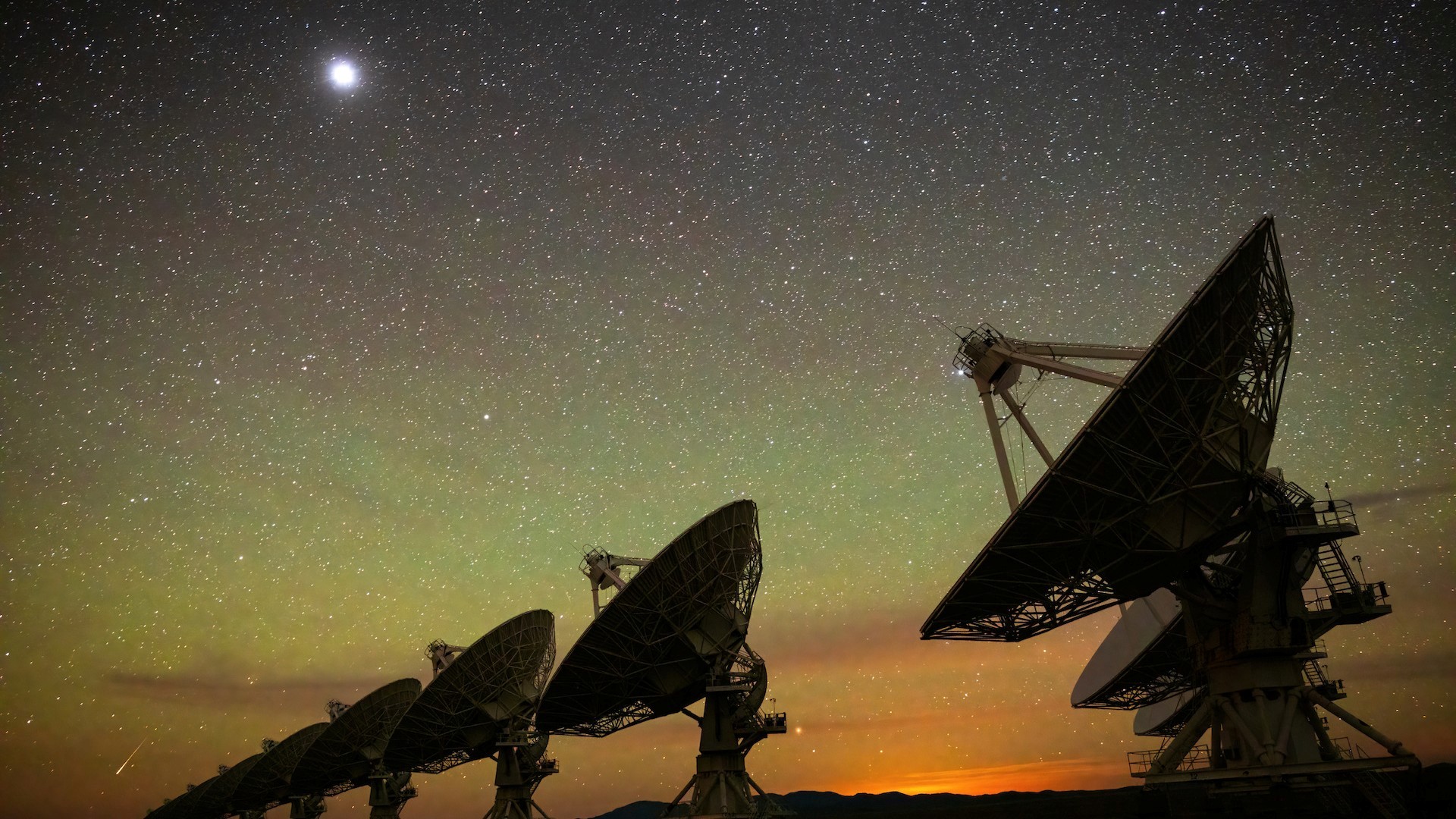
Image: Sci-Tech Daily
The Wow signal was a very strong candidate detected on August 15, 1977, by the Big Ear Radio Telescope at Ohio State University. The astronomer wrote ‘wow’ on the printout of the data as nothing like that had been seen previously and was the kind of signal they were hoping to record. The signal lasted about 72 seconds and was picked up in the direction of the constellation Sagittarius. The source has never been definitively identified and despite numerous attempts the signal has not been detected since adding to the mystery if its origin.
To date there have been no confirmed detections of intelligent life beyond Earth, but the universe is vast, and we have barely begun the search. It may take a very long time to yield a positive result, or we may make a detection of life a little closer to home…
Many moons
There is a chance we may make our first detection of life beyond Earth on one of the many moons in our galactic back garden. We have approximately 290 moons in our solar system, many of which we now think have suitable conditions for life. Take Europa for instance which is one of Jupiter’s 4 primary moons. It is approximately the same size as our moon, but we now believe it has a global subsurface ocean of liquid water, with potentially twice as much water as all of Earth’s oceans combined. It is possible that lifeforms, most likely simple singled celled microorganisms, are swimming around down there. There could even be a whole ecosystem of life and a diverse range of flora and fauna, predators and prey, living in the cold dark depths. Much like the dark chilly depths of Earth’s oceans, Europa too could have life of some description perhaps using bioluminescence which is a chemical reaction creatures use here on Earth to shine light in the darkness.
We have 2 missions currently on route to this world to investigate further – Nasa’s Europa Clipper, and ESA’s JUICE mission. Upon arrival in approximately 5 years, they will perform orbital analysis to further refine the characteristics of Europa and some of the other moons nearby which we also suspect have similar conditions. One directive will be to help identify a suitable landing spot for a future mission which could get below the moons icy outer crust and reach the ocean below. Small robotic submarines dubbed ‘cryobots’ are being designed to swim in these alien waters and seek out anything living there. If Europa has hydrothermal vents on its ocean floor this would be exciting. We think life may have got started in these locations on Earth, warmed by the heat rising from Earth’s interior and in addition dissolving and releasing minerals and nutrients which helps life flourish. Although any life if present would most likely be simple it can’t be ruled out that something a little more substantial could swim across the camera’s field of view. That would surely be the most astounding wildlife documentary ever produced!
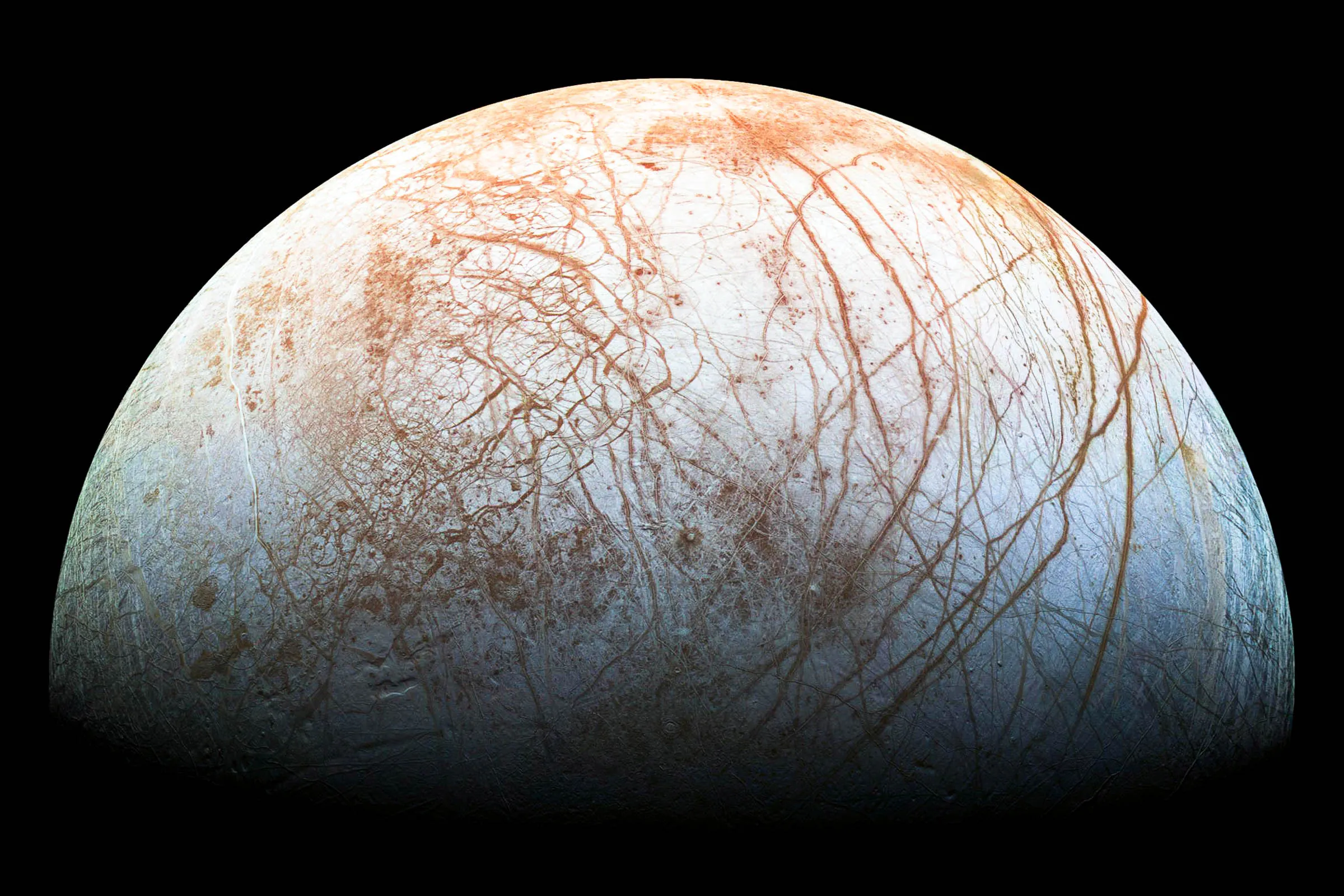
Image: Sci-Tech Daily
Another location that merits further exploration is one of Saturn’s moons – Enceladus. Much like Europa there is a subsurface ocean present. We have in fact flown probes directly through plumes of water erupting from this ocean between cracks in the ice and ‘tasted’ the water ejecting out into space. This is how we know Enceladus has a salty ocean with organic compounds present, much like Earth’s oceans. Enceladus and Europa are not the only moons with these environments. The term ocean moon is now being used to describe such places, and the number of these locations is quickly racking up with some of the moons of Uranus and Neptune showing similar characteristics. Less is known about these moons and further study is needed. Our Solar System could be far more interesting and life friendly than previously imagined, and what we could discover from future missions may re-write our understanding of our place in the cosmos. Who knows what we might find as we venture further into space. We have now discovered approximately 6000 worlds orbiting distant stars and the numbers will just keep going up as accompanying planets are a natural byproduct of star formation. Will we find Earth 2.0, or possibly environments and lifeforms beyond our wildest imaginations.
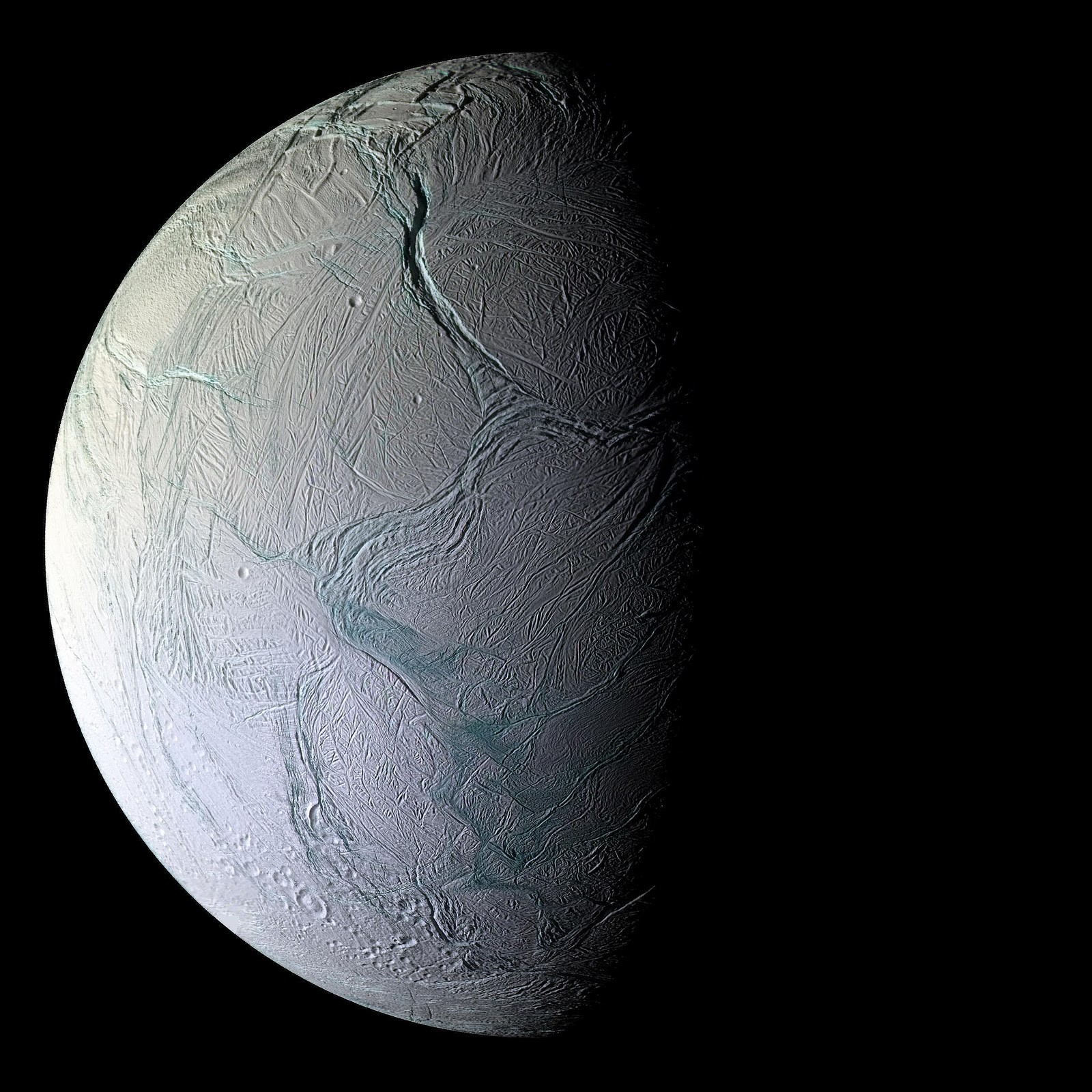
Image: Sci-Tech Daily
If we confirm that life has popped up multiple times with independent origins just within our solar system, this suggests life could be abundant in the universe at large. Soon we will explore these exotic locations in more detail and maybe answer the question once and for all. Looking ahead on this journey of discovery we will perhaps one day sail to the stars and see for ourselves what, and possibly who, is out there.
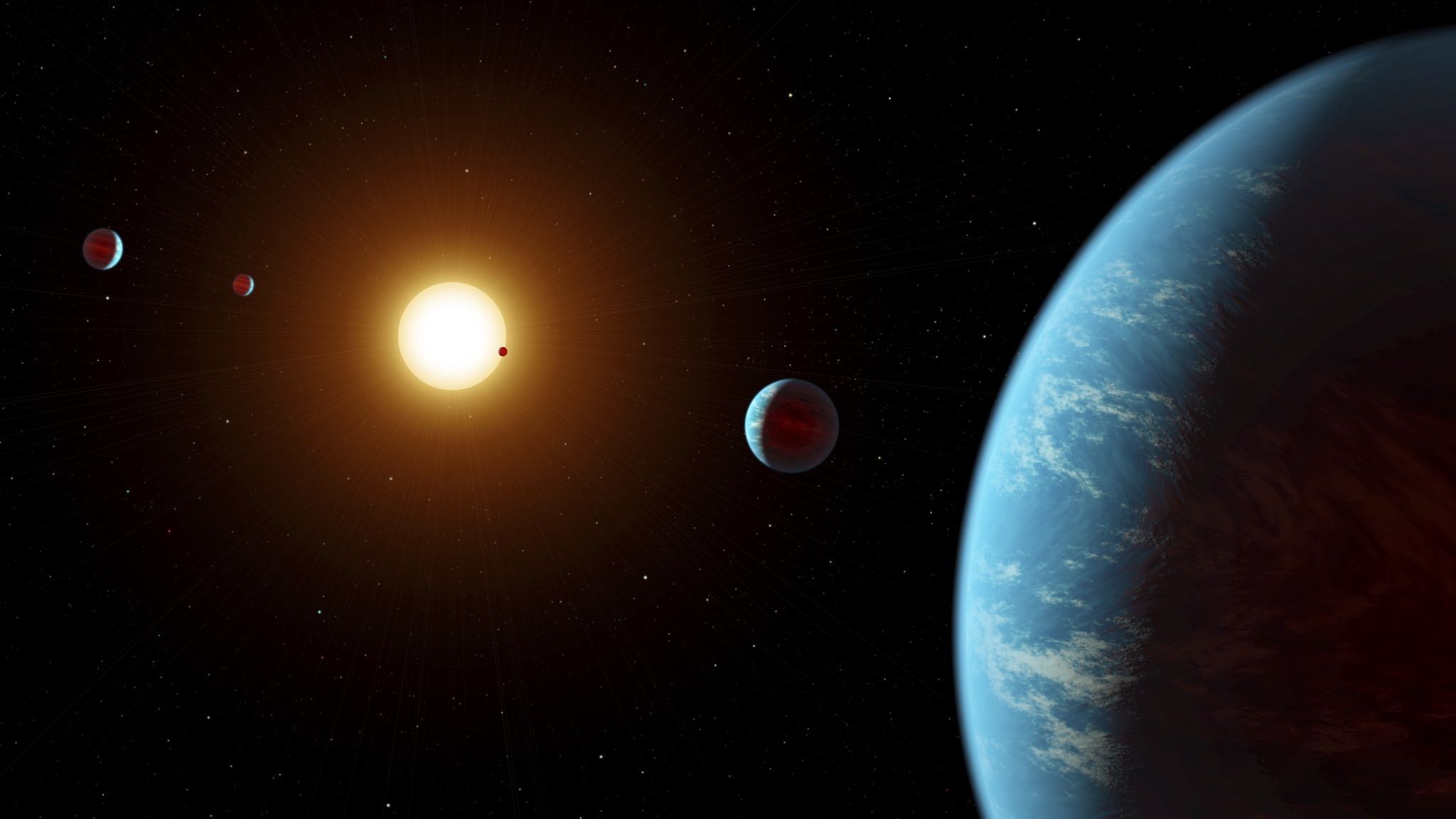
Image: Sci-Tech Daily









